What is Blockchain Technology
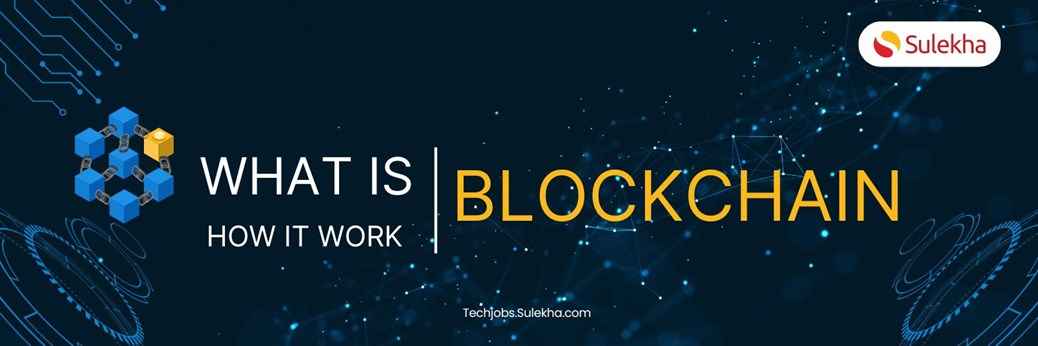
What is Blockchain Technology?
Why Is Blockchain a Highly Sought-After Career Path? In the ever-evolving landscape of technology, certain innovations emerge as transformative forces, reshaping industries and offering unprecedented opportunities. Blockchain technology is undeniably a powerhouse, and the demand for professionals in this domain has skyrocketed.
Blockchain technology is an advanced-level database mechanism that enables the individual to make data or information sharing transparent within the business network. The prominent utilization of blockchain technology is that the "blockchain database stores all data in blocks linked concurrently in a chain.
The data stored in the block cannot be modified or deleted because it is concurrently linked in the chain, and all of this data is chronologically consistent, so one cannot make any changes without consensus from the network.
As a result, you can utilize blockchain technology to track orders, payments, accounts, and other transactions by creating an unchangeable or immutable ledger using blockchain technology. Unauthorized transaction entries are prevented by built-in system mechanisms, ensuring consistency in the shared view of these transactions.
In this blog, we shall discuss what is blockchain technology and how does it work. Moreover, this blog delves deeper into the features and components of Blockchain.
Why is Blockchain important?
In traditional blockchain technology, we might have seen several challenges in recording financial transactions—for example, property sales. When money is exchanged, the owner of the property transfers the money to the buyer.
This transaction process between buyer and seller cannot be recorded, and neither transaction can't be trusted. In such circumstances, sellers can easily neglect or claim they have not received money yet, and there is a possibility that buyers can easily claim they paid money even if they haven't.
So, to avoid these issues, there is a mandatory need for thirty parties to supervise them. We cannot believe any of these monetary transactions.
Blockchain mitigates such issues by making a decentralized, tamper-proof system to register transactions. Blockchain generates a single ledger for the vendor and buyer in real estate transactions. Every transaction automatically updated in real-time in each party's ledger must be approved by both. The complete ledger will become tainted if there is corruption in past transactions. These characteristics of blockchain technology have made it worthwhile across various industries, including producing virtual currencies like Bitcoin.
How do different industries use Blockchain?
We are well acquainted with Blockchain, an emerging technology innovatively utilized across various industries. Now, we shall look at the example of Blockchain's use across different sectors.
Energy
Energy-based companies utilize blockchain technology to improve efficiency, transparency, and security. One of the key applications is in managing energy transactions and supply chains. Using Blockchain, companies can create a secure and transparent ledger that tracks energy production, distribution, and consumption. This helps optimize energy flow and ensures that all transactions are recorded accurately and cannot be tampered with. Additionally, Blockchain can enable the creation of smart contracts, which automatically execute and enforce agreements between energy producers and consumers. This reduces the need for intermediaries and ensures that agreements are carried out as intended. Overall, blockchain technology is helping energy-based companies streamline operations, reduce costs, and improve trust and accountability in the industry.
For example, consider these uses:
- Energy businesses utilizing blockchain technology have developed a trading platform to facilitate the sale of electricity directly between individuals. This website serves as a marketplace for homeowners with solar panels to sell their surplus solar energy to their neighbors. The procedure is predominantly automated: smart meters generate transactions, which Blockchain subsequently records.
- Blockchain-based crowdfunding initiatives enable individuals to financially support and possess solar panels in places that need access to energy. Sponsors may also generate rental income from these communities once solar panels have been constructed.
Finance
Finance-based companies like stock exchanges and banks harnessed the importance of blockchain technology.
Finance utilizes blockchain technology in various ways, including digital currency and payments, smart contracts, supply chain finance, tokenization of assets, identity and KYC verification, regulatory compliance, and decentralized finance (DeFi). Blockchain technology enables faster and more secure digital currency transactions, automates financial processes through smart contracts, creates transparent and secure supply chain finance solutions, tokenizes real-world assets, securely stores and verifies customer identities, ensures regulatory compliance, and facilitates decentralized financial applications.
For example, Singapore Exchange Limited, an investment holding company that provides financial trading services throughout Asia, uses blockchain technology to build a more efficient interbank payment account.
Media and entertainment
Media and entertainment industries use Blockchain for transparent royalty payments, ensuring fair compensation for artists. It also enables secure distribution of content,
preventing piracy and unauthorized use. Additionally, Blockchain can create decentralized platforms for content sharing and monetization, empowering creators and consumers.
For example:
SingularDTV aims to empower artists and creators by utilizing blockchain technology to create a decentralized entertainment industry. The company's platform allows artists to manage and distribute content, receive transparent and fair compensation through smart contracts, and engage directly with their audience.
Retail
Retail companies use Blockchain to track the movement of goods between suppliers and buyers.
One example of a retail company using Blockchain is Walmart, which has implemented blockchain technology to track the supply chain of its food products. By utilizing Blockchain, Walmart can trace the origin and journey of food products from the farm to the store shelves, ensuring transparency and food safety. This initiative helps to quickly identify and address any issues related to food recalls, contamination, or spoilage, ultimately enhancing consumer trust and confidence in the products they purchase.
Key features of blockchain technology:
The key features of blockchain technology include:
1. Decentralization: Blockchain operates on a decentralized network, meaning there is no single point of control or failure. This makes it more secure and resistant to tampering.
2. Transparency: The data on a blockchain is visible to all participants in the network, promoting transparency and trust.
3. Immutability: Data cannot be altered or deleted once recorded on a blockchain. This feature ensures the integrity and security of the information.
4. Security: Blockchain uses cryptographic techniques to secure data and transactions, making it highly resistant to fraud and unauthorized access.
5. Consensus mechanism: Blockchain relies on a consensus mechanism to validate and add new transactions to the network, ensuring agreement among participants without a central authority.
What are the key components of blockchain technology?
The key components of blockchain technology include:
1. Distributed Ledger: The distributed ledger is the foundational component of Blockchain, where all transactions are recorded across a network of interconnected nodes. This ledger is decentralized, meaning it is not stored in a single location and is accessible to all participants in the network.
2. Blocks: Blocks are containers that store transaction data. Each block contains a list of transactions, a timestamp, and a reference to the previous block, creating a chain of blocks.
3. Cryptography: Cryptography is used to secure the data stored in blocks. It involves complex mathematical algorithms to ensure transaction integrity, confidentiality, and authenticity.
4. Consensus Mechanism: The consensus mechanism is a protocol that allows all participants in the network to agree on the validity of transactions and the order in which they are added to the Blockchain. This ensures that all copies of the distributed ledger are synchronized and consistent.
5. Smart Contracts: Smart contracts are self-executing contracts with the terms of the agreement directly written into code. They automatically enforce and execute the terms of an agreement when predefined conditions are met.
6. P2P Network: Blockchain operates on a peer-to-peer (P2P) network, where nodes communicate and validate transactions directly without needing a central authority.
What is blockchain technology, and how does it work?
How does Blockchain work?
Although the underlying mechanisms of Blockchain are intricate, we will provide a concise outline in the following steps.
Blockchain software can automate most of these steps:
Step 1 – Record the transaction
A blockchain transaction denotes the exchange of physical or abstract assets between two individuals within the blockchain network. It is stored as a data block and can include information such as the following:
- Which individuals or entities were participants in the transaction?
- What occurred during the transaction?
- At what time did the transaction take place?
- At which location did the transaction take place?
- What was the reason for the transaction?
- What was the extent of the asset that was exchanged?
- What was the number of pre-conditions that were fulfilled throughout the transaction?
Step 2 – Gain consensus
The consensus among most participants on the distributed blockchain network is required to validate the recorded transaction. Rules of agreement can differ depending on the kind of network, but they are usually set up initially.
Step 3 – Link the blocks
In blockchain technology, linking blocks refers to the fundamental mechanism by which data is structured and secured in a decentralized and distributed ledger. Each block in a blockchain contains a list of transactions or information, and it is connected to the previous block through a cryptographic hash function. This linking creates a chain of blocks, hence the name "blockchain." The cryptographic hash of each block includes the information from the previous block, making it highly resistant to tampering or unauthorized alterations.
This interconnection ensures the integrity and immutability of the entire chain, as any modification in a single block would require changing all subsequent blocks, a computationally infeasible task. Linking blocks in a blockchain facilitates transparency, security, and trust in digital transactions, making it a foundational concept in decentralized technologies.
Step 4 – Share the ledger
The system distributes the latest copy of the central ledger to all participants.
Now that you have understood what is blockchain technology and how does it work. As the technology continues to evolve, it promises to create more transparent, efficient, and inclusive systems across various industries, marking a significant milestone in the evolution of digital infrastructure.
Find a course provider to learn Blockchain Developer
Java training | J2EE training | J2EE Jboss training | Apache JMeter trainingTake the next step towards your professional goals in Blockchain Developer
Don't hesitate to talk with our course advisor right now
Receive a call
Contact NowMake a call
+1-732-338-7323Enroll for the next batch
Blockchain Developer Hands-on Training with Job Placement
- Dec 15 2025
- Online
Blockchain Developer Hands-on Training with Job Placement
- Dec 16 2025
- Online
Blockchain Developer Hands-on Training with Job Placement
- Dec 17 2025
- Online
Blockchain Developer Hands-on Training with Job Placement
- Dec 18 2025
- Online
Blockchain Developer Hands-on Training with Job Placement
- Dec 19 2025
- Online
Related blogs on Blockchain Developer to learn more
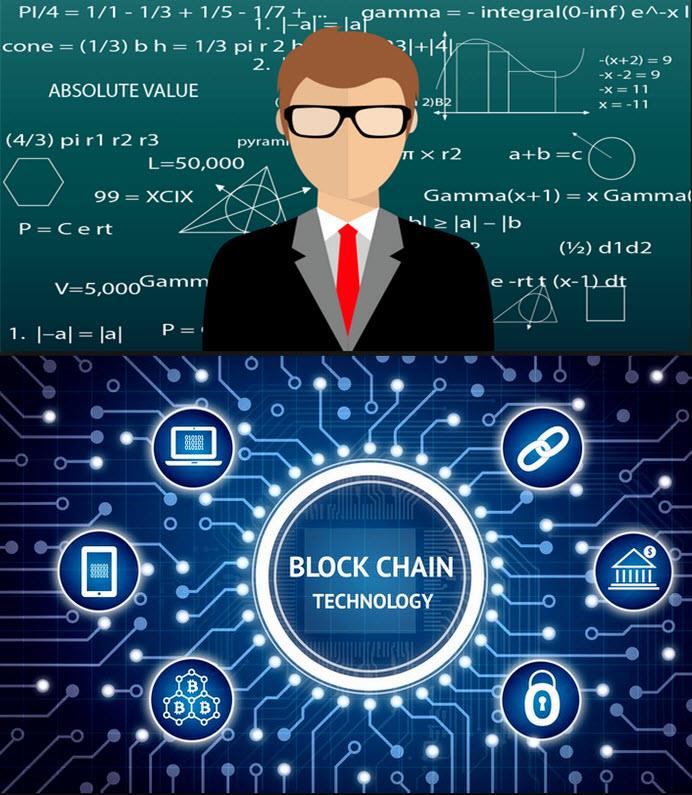
Data scientists and blockchain, a tale of true love story
Data scientists have found the various benefits of block chain technology, it's purposes and field of usage are broadly discussed here.
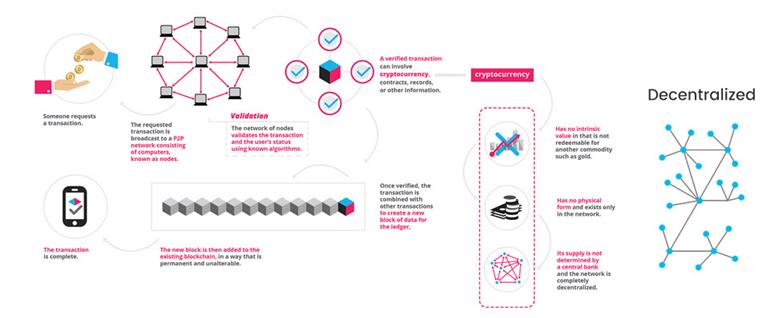
What is a blockchain technology and why bitcoin is the future and is it legal?
You will know What is a blockchain technology and why bitcoin is the future and is it legal? While countries are busy changing the color of their currency notes, it’s time to grasp the future of currency and it’s technology, The Blockchain technology
Latest blogs on technology to explore
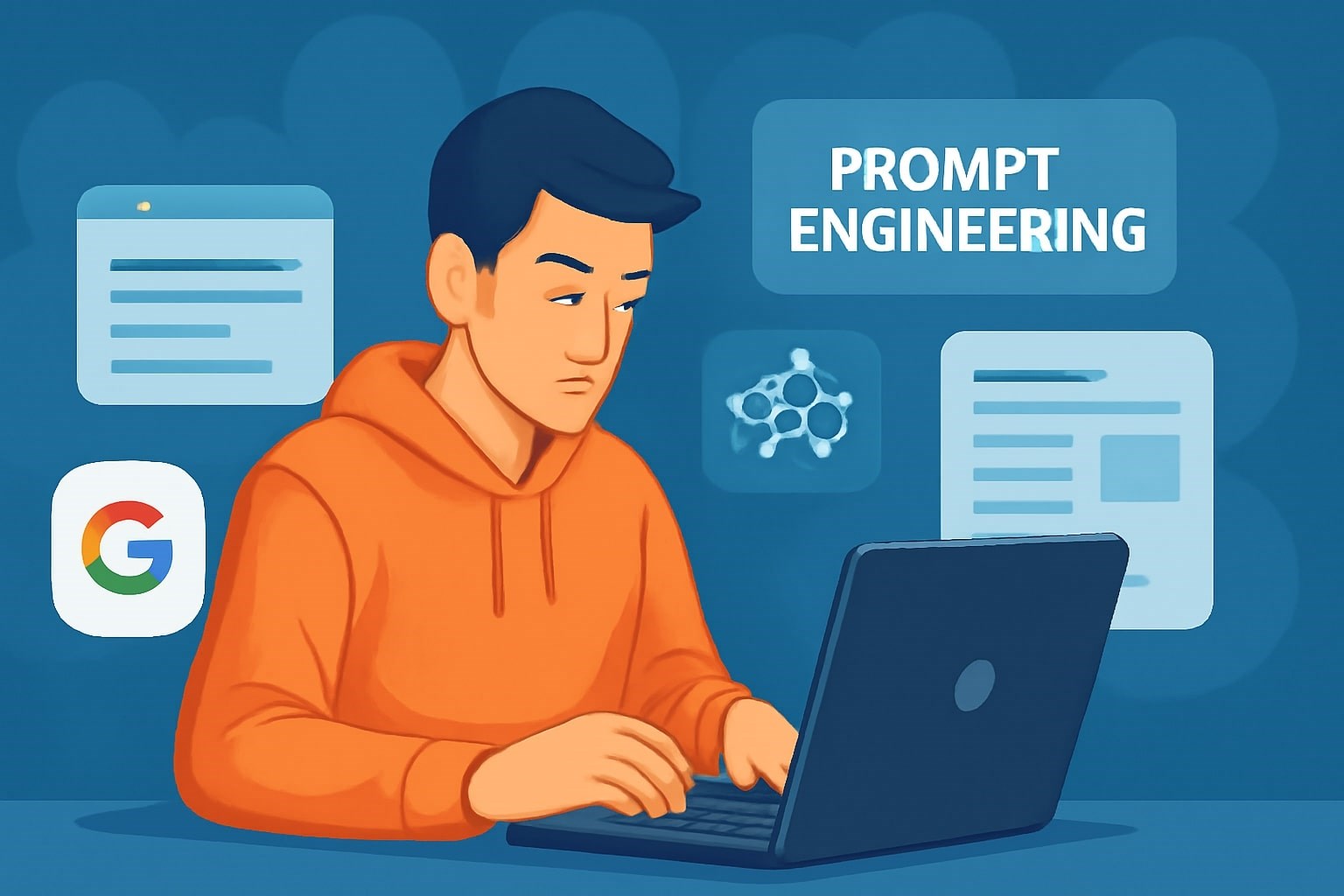
From Student to AI Pro: What Does Prompt Engineering Entail and How Do You Start?
Explore the growing field of prompt engineering, a vital skill for AI enthusiasts. Learn how to craft optimized prompts for tools like ChatGPT and Gemini, and discover the career opportunities and skills needed to succeed in this fast-evolving indust
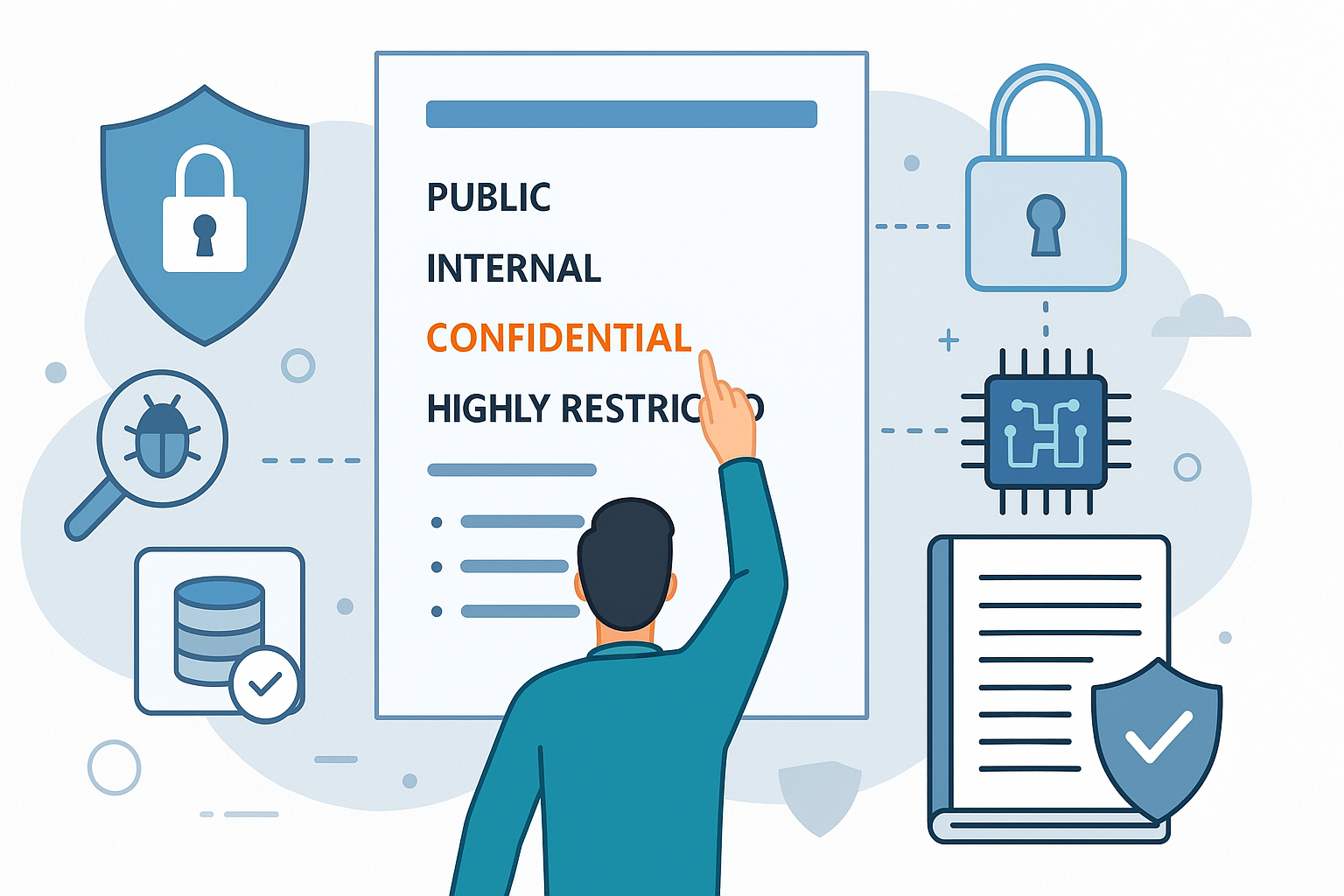
How Security Classification Guides Strengthen Data Protection in Modern Cybersecurity
A Security Classification Guide (SCG) defines data protection standards, ensuring sensitive information is handled securely across all levels. By outlining confidentiality, access controls, and declassification procedures, SCGs strengthen cybersecuri
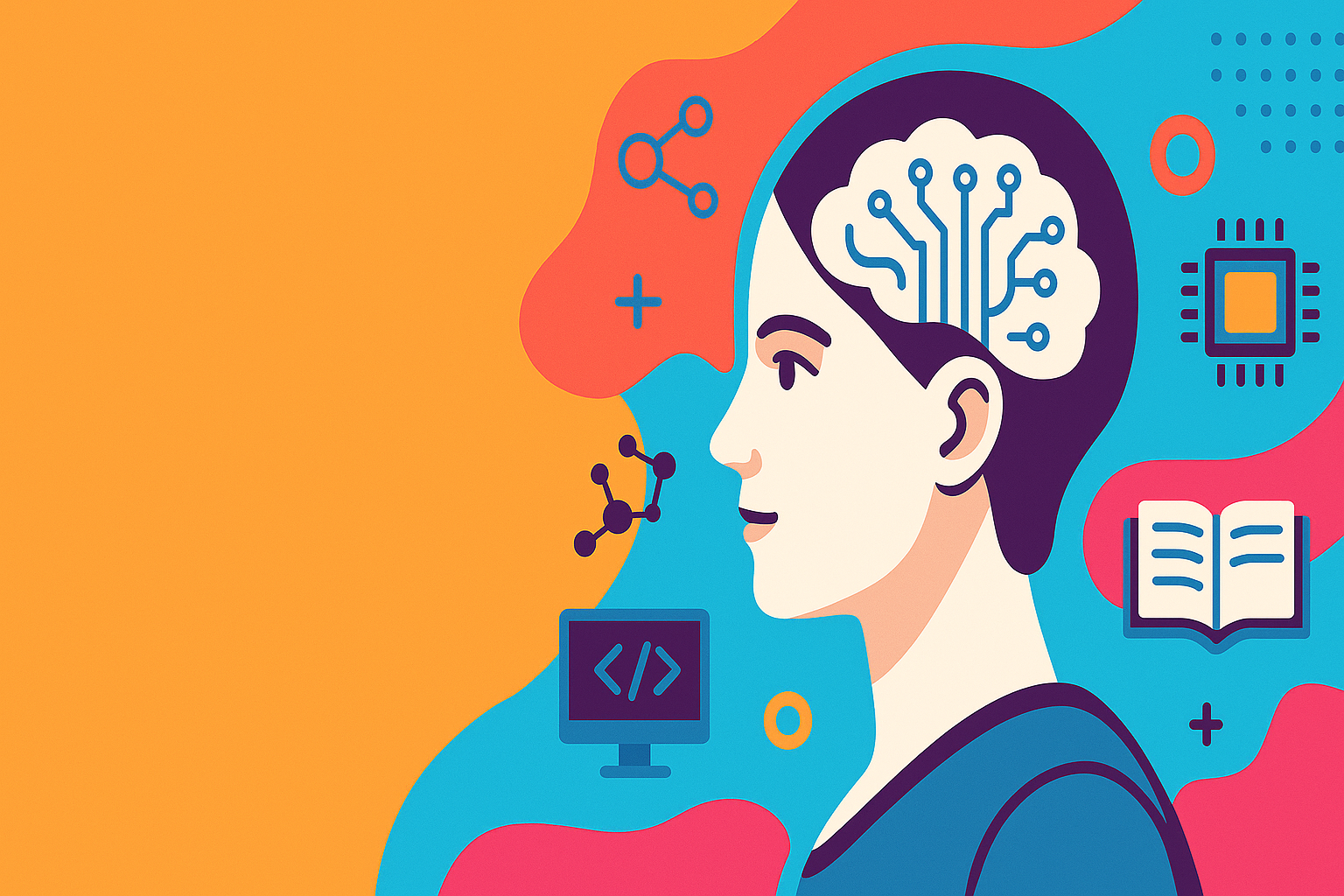
Artificial Intelligence – A Growing Field of Study for Modern Learners
Artificial Intelligence is becoming a top study choice due to high job demand and future scope. This blog explains key subjects, career opportunities, and a simple AI study roadmap to help beginners start learning and build a strong career in the AI

Java in 2026: Why This ‘Old’ Language Is Still Your Golden Ticket to a Tech Career (And Where to Learn It!
Think Java is old news? Think again! 90% of Fortune 500 companies (yes, including Google, Amazon, and Netflix) run on Java (Oracle, 2025). From Android apps to banking systems, Java is the backbone of tech—and Sulekha IT Services is your fast track t
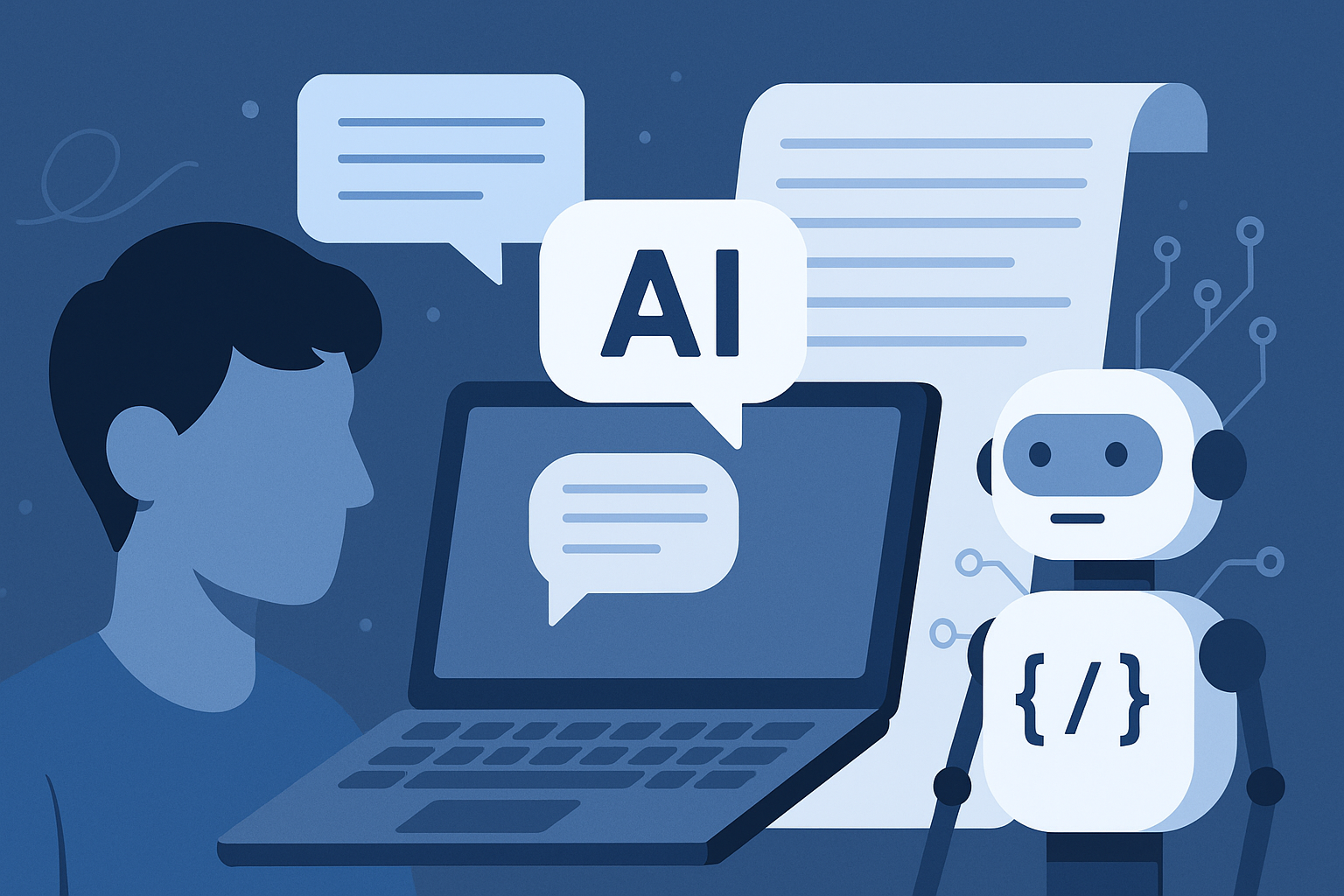
From Student to AI Pro: What Does Prompt Engineering Entail and How Do You Start?
Learn what prompt engineering is, why it matters, and how students and professionals can start mastering AI tools like ChatGPT, Gemini, and Copilot.

Cyber Security in 2025: The Golden Ticket to a Future-Proof Career
Cyber security jobs are growing 35% faster than any other tech field (U.S. Bureau of Labor Statistics, 2024)—and the average salary is $100,000+ per year! In a world where data breaches cost businesses $4.45 million on average (IBM, 2024), cyber secu

SAP SD in 2025: Your Ticket to a High-Flying IT Career
In the fast-paced world of IT and enterprise software, SAP SD (Sales and Distribution) is the secret sauce that keeps businesses running smoothly. Whether it’s managing customer orders, pricing, shipping, or billing, SAP SD is the backbone of sales o

SAP FICO in 2025: Salary, Jobs & How to Get Certified
AP FICO professionals earn $90,000–$130,000/year in the USA and Canada—and demand is skyrocketing! If you’re eyeing a future-proof IT career, SAP FICO (Financial Accounting & Controlling) is your golden ticket. But where do you start? Sulekha IT Serv

Train Like an AI Engineer: The Smartest Career Move You’ll Make This Year!
Why AI Engineering Is the Hottest Skillset Right Now From self-driving cars to chatbots that sound eerily human, Artificial Intelligence is no longer science fiction — it’s the backbone of modern tech. And guess what? Companies across the USA and Can
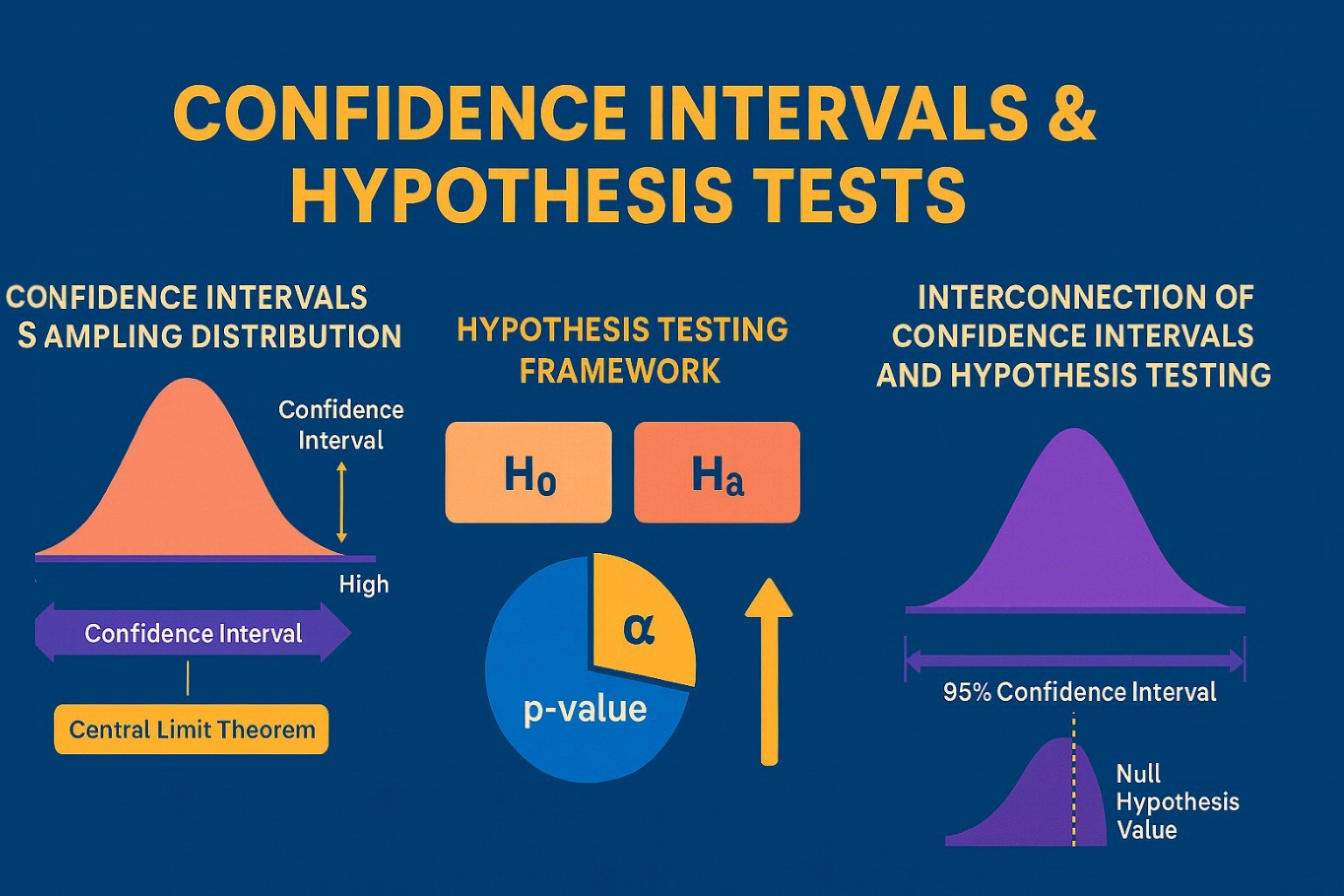
Confidence Intervals & Hypothesis Tests: The Data Science Path to Generalization
Learn how confidence intervals and hypothesis tests turn sample data into reliable population insights in data science. Understand CLT, p-values, and significance to generalize results, quantify uncertainty, and make evidence-based decisions.